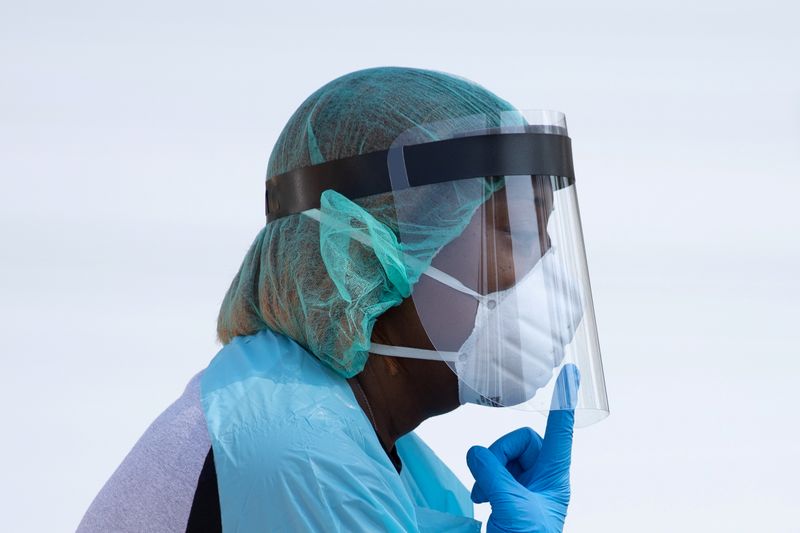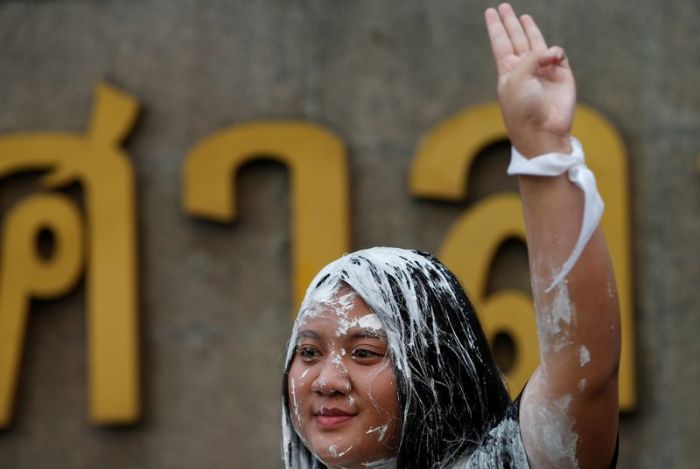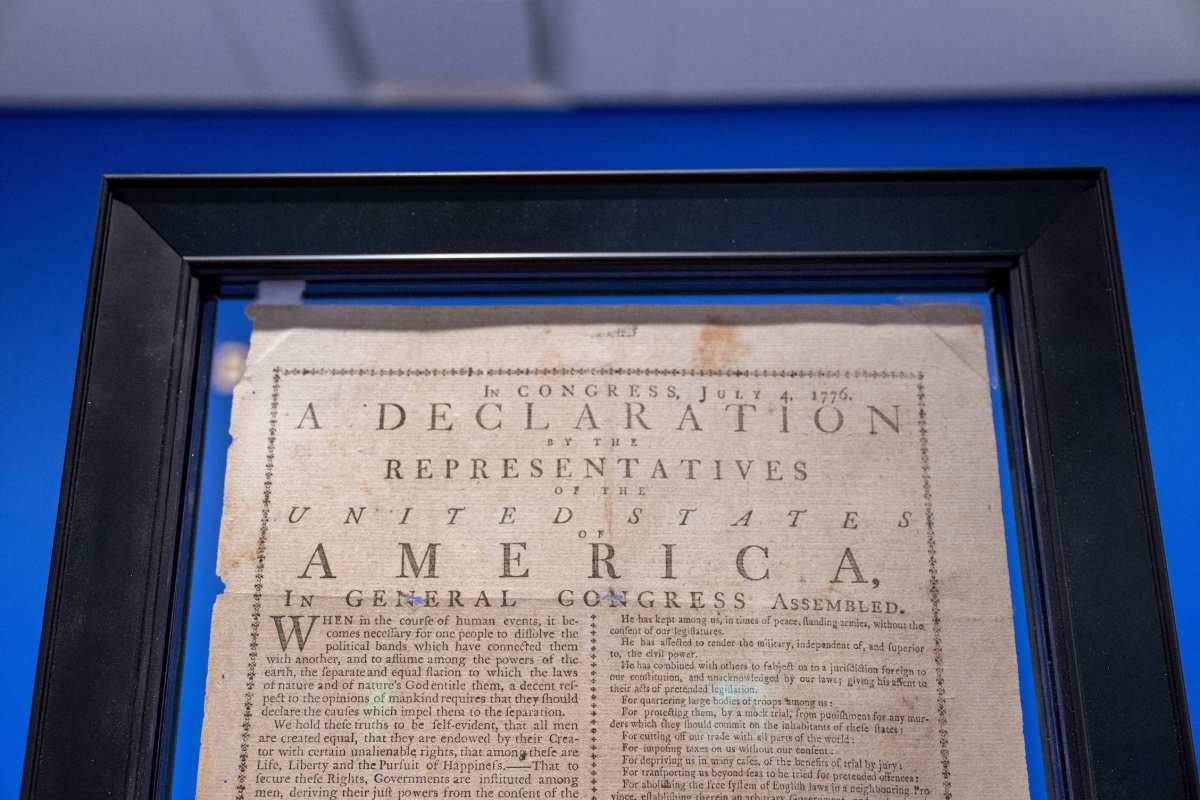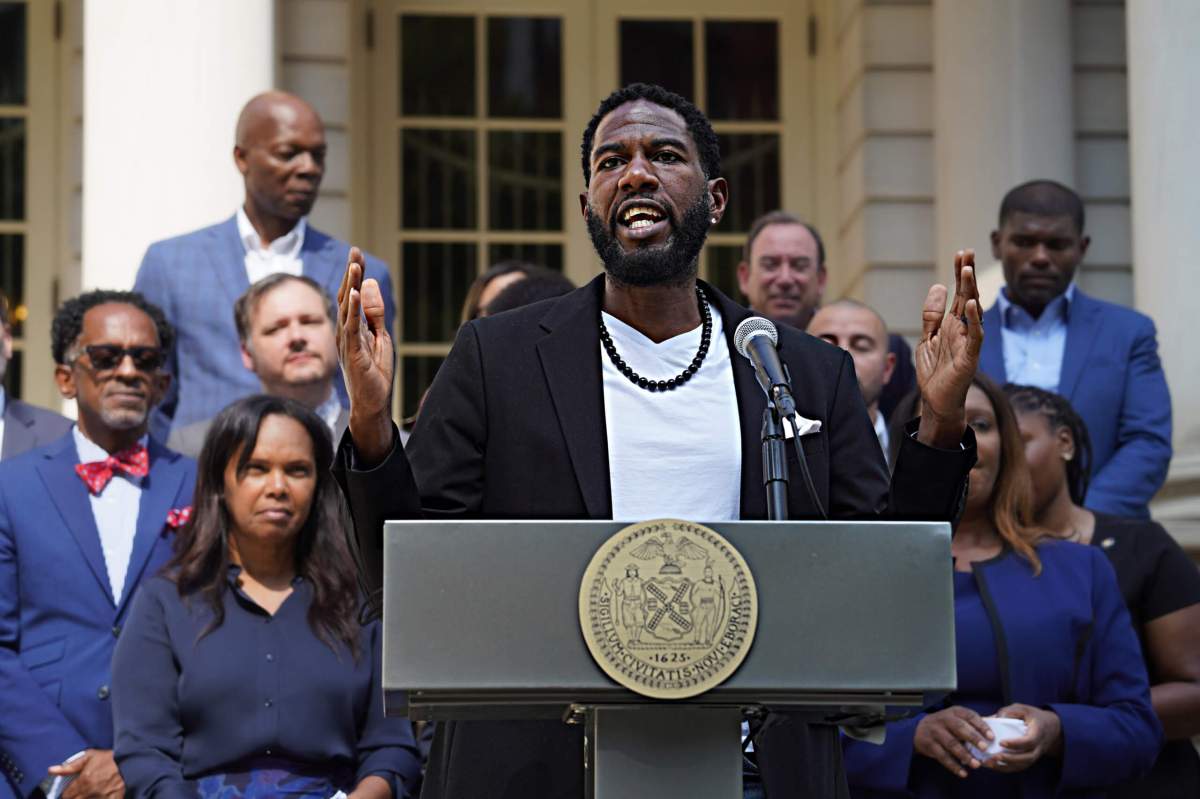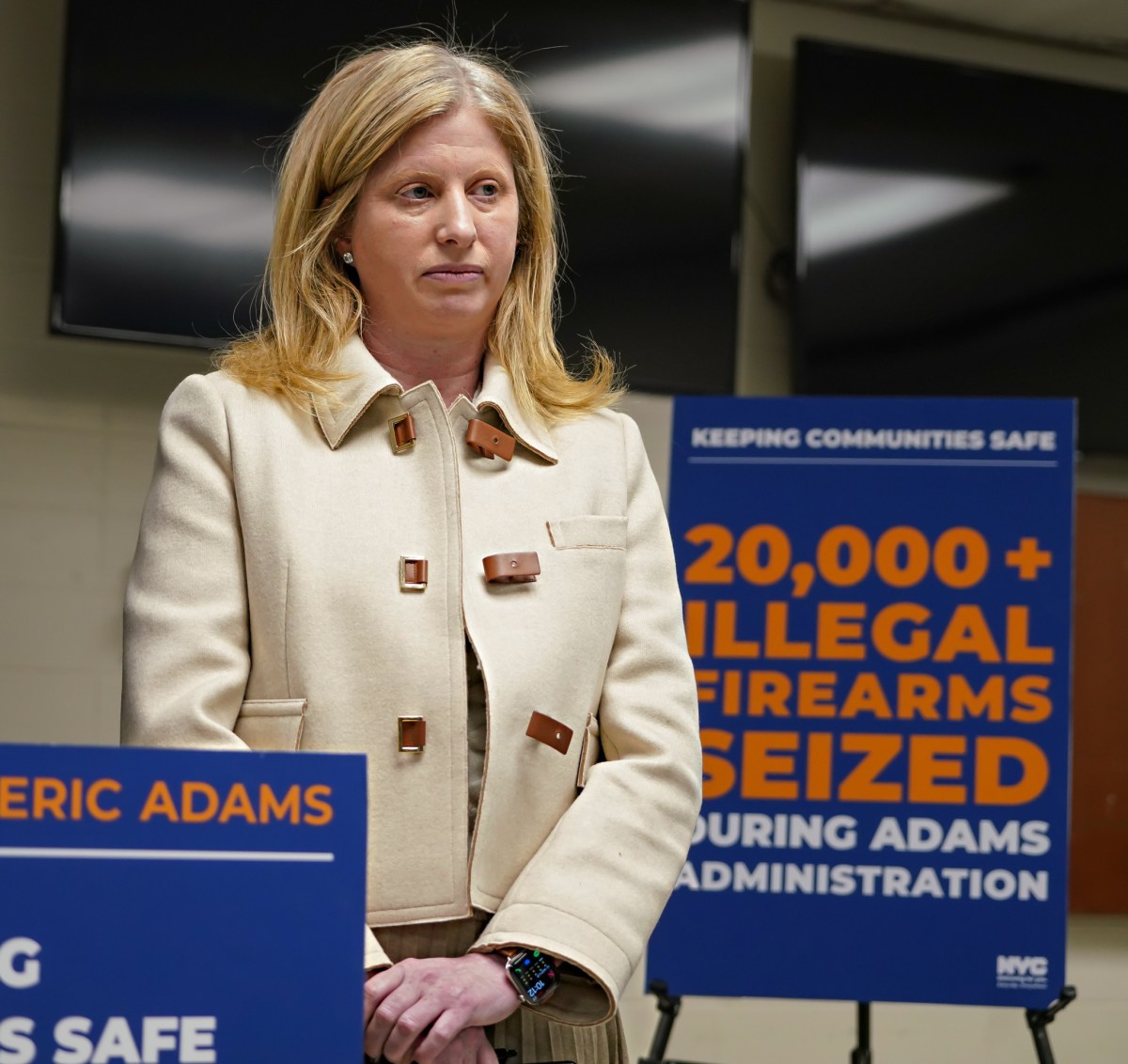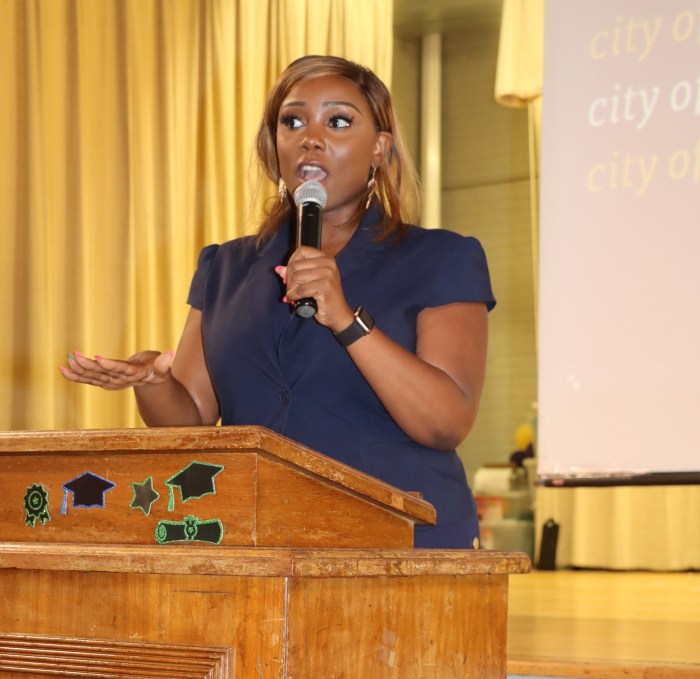CHICAGO/NEW YORK (Reuters) – Healthcare workers and first responders who are at the highest risk of contracting COVID-19 should be at the front of the line for vaccines when they become available, an independent expert panel tapped by top U.S. health officials said on Tuesday.
The draft report, issued by the National Academies of Sciences, Engineering and Medicine, recommends vaccines be rolled out in four phases, with the first “Jumpstart” phase focused on managing what is expected to initially be a scarce supply of vaccines.
Government officials have said a vaccine could be available by the end of this year and possibly sooner on an emergency basis, depending on how a handful of vaccines currently in large late-stage trials fare.
The next in line as part of a first rollout phase would be people of all ages with underlying conditions that put them at high risk of severe COVID-19 and older adults living in long-term care facilities. About 15% of the U.S. population of about 330 million would be eligible under Phase 1.
The second phase would target critical at-risk workers such as teachers, people with underlying conditions at moderately higher risk, and all older adults not included in phase 1. This phase would also include people in prisons, those with disabilities and those in homeless shelters and staff in these settings.
About half of all Americans would be eligible for vaccines through the first two phases.
The third phase would target young adults, children and people whose jobs are considered essential, taking those eligible to as high as 95% of the population. The fourth phase would include everyone else.
The report was commissioned by the National Institutes of Health and the Centers for Disease Control and Prevention (CDC), the agency which typically handles vaccine recommendations through an advisory group of experts. Their recommendations are expected next month.
Chicago Community Trust Chief Executive Helene Gayle, who co-chaired the committee, noted that the report was unusual, but said there was a desire to have a document that “was seen as neutral, independent and not aligned with any one agency.”
The CDC has come under fire recently, accused by outside health experts of bowing to political pressure from the Trump administration on agency guidelines for school reopenings and coronavirus testing.
To address individuals in high-risk groups, the panel looked at underlying factors that increase their risk of infection.
“The reason Black and Latinx and Native Americans are at high risk isn’t because of some biologic racial aspect. It is because of the jobs people work, the living conditions people find themselves in and pre-existing conditions, which also relate to people’s social environments,” Gayle said in a phone interview.
When prioritizing healthcare workers, the panel noted that vaccines should go first to people who have the most contact with patients. “It isn’t just physicians and nurses. It’s people who are taking care of people in nursing homes and floor attendants,” Gayle said.
Within each of the tiers, Gayle said, the panel recommends prioritizing communities that are socially vulnerable.
(Reporting by Michael Erman, Julie Steenhuysen and Manas Mishra; Editing by Bill Berkrot)

